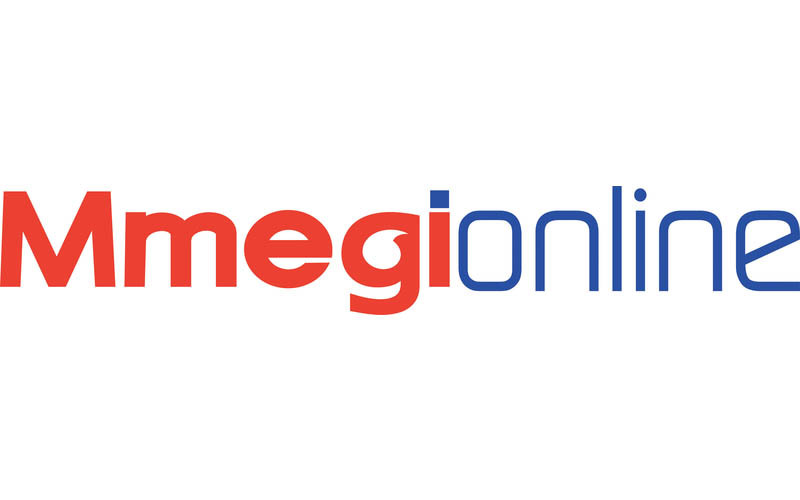More banks are set to increase the interest rates they charge on loans, while others intend to narrow their lending to clients with the highest returns, as a long-running liquidity crisis in the banking sector tightens its grip.
This week, BBS Bank and Access Bank joined Absa Bank Botswana and Stanbic Bank Botswana in increasing their prime lending rates, the first time commercial banks have uncoupled from the Bank of Botswana’s interest rate guidance since the freedom to do so was granted in April 2023.
The increases in the lending rates range from 75 basis points to 115 basis points, as the cash-poor government’s higher appetite for debt sucks up liquidity in the local capital market.
Experts have noted that banks have raised their deposit rates in order to compete for the funds available on the market, forcing them to also hike their lending rates to maintain profitability margins.
“The liquidity crunch has led to an increase in investment rates, as investment-taking institutions compete for the little available funds,” said Tshepo Maruatona, Bank Gaborone Stakeholder Engagement and Communication manager in response to BusinessWeek questions. “The increase in investment rates is driving up the cost of funding, a cost which will eventually be translated into the bank’s lending rates. “The liquidity crunch hinders banks’ ability to issue loans as there are less funds available. “Pricing on loans is/will also go up, making them less attractive to customers.”
One indicator of the liquidity crunch in the market is the level of Bank of Botswana Certificates (BoBC). The BoB issues BoBCs to mop up excess liquidity amongst banks in order to curb reckless lending. However, from levels of P9 billion in February 2024, outstanding BoBCs plummeted to P605 million in January and just over P1.1 billion in February.
Industry insiders said the low levels of outstanding BoBCs were one of numerous indicators of the liquidity crunch facing the banking sector. Another key indicator is the slide in deposits, a rare occurrence in the local market.
Besides hiking their lending rates, banks are reformulating their credit strategies, given the lower levels of funding available in the market and the higher cost associated with it.
“Bank Gaborone has decided to lend more selectively, targeting loans with returns that can better match the increased cost of funding,” Maruatona said. “We will also be prioritising clients whose banking services are mainly executed with Bank Gaborone. ‘Bank Gaborone has also increased its investment rates to attract funding, rates are monitored frequently to ensure the bank remains competitive and is sufficiently funded at all times and complies with regulatory thresholds.”
First National Bank Botswana has said it will “focus very diligently on our non-lending business whilst we continue to do our lending business on credit appetites that we will be adjusting as informed by economic realities”.
Meanwhile, the Financial Stability Council (FSC), the financial sector stability watchdog, has warned of the risks associated with poor liquidity in the local market.
“The domestic macroeconomic environment has recently become increasingly challenged by weaker diamond market performance, with adverse implications for fiscal and external sector stability,” the FSC said this week. “The fiscal conditions elevate the potential to negatively impact the rest of the economy, including the financial sector, given the relative size and influence of government and diamonds market. ‘An immediate outcome, in this regard, is the historic low level of commercial banks’ liquidity, occasioned by net foreign exchange outflows and a slowdown in government spending. “This development has implications for the overall cost of funding, both deposits and credit, notwithstanding the accommodative policy stance.”
The council said there was a need to address structural issues in the banking sector, including low levels and shortages of liquidity, funding concentration, and relatively large foreign currency holdings by commercial banks. The challenges also include the risk of “sustained misalignment of the market pricing of funds with the monetary policy transmission”.
The FSC is chaired by the Governor of the Bank of Botswana and includes the Permanent Secretary of the Ministry of Finance, the Chief Executive Officer of the Non-Bank Financial Institutions Regulatory Authority, the Director-General of the Financial Intelligence Agency, and the Director of Deposit Insurance Scheme of Botswana. The Chief Executive Officer of the Botswana Stock Exchange Limited is an observer.








